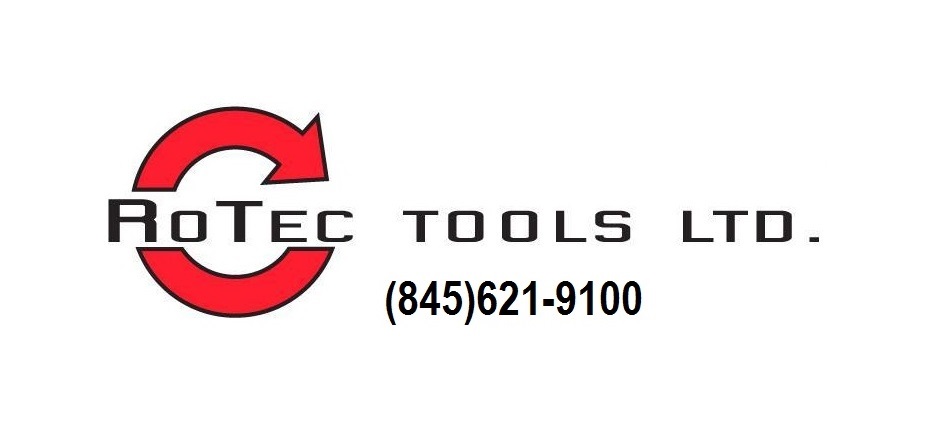Fleury SA was founded 50 years ago in Biel, Switzerland in the center of the Swiss watchmaking industry. Fleury SA currently has three locations, the main operation in Biel and two additional facilities in Zofingen and Balerna.
Fleury is specialized in the manufacturing of linear transfer systems consisting of six-side milling, turning, boring, grinding and assembly operations. The system is based on a modular, compact design, which has been and still is revolutionary for the manufacturing process in general. The system offers ultraprecision and excellent repeatability.
“Our core competence remains the linear transfer production line for the watch industry. However, our new modular transfer system Modulo 5, a milling machine system with two independent 5-axis units per machine, has been developed for other industries like medical, aviation or defense. Modulo 5 will allow us to win new customers in Europe, USA or Asia,” explains Thomas Deeg, head of sales for Fleury SA.
“The new product will be attractive for all manufacturers of medium and small-sized, but highly complex pieces that require the same level of precision than the watch industry. The Modulo 5 is very efficient to manufacture precise parts with a maximum outer dimension of (4.3” X 4.3” X 3”), as milling and turning operations can be combined and the different modules can be highly automatized.”
Rotec Tools Ltd. represents Fleury in the North American market. Company President Ivo Straessle informs: “We are very proud to introduce Fleury to our market. The innovative linear approach with a pallet system allows 24-hour operation. Taking raw material to a finished product in such efficient way is very unique. Depending on the product, additional modules can be added.”
Contact Details
Related Glossary Terms
- boring
boring
Enlarging a hole that already has been drilled or cored. Generally, it is an operation of truing the previously drilled hole with a single-point, lathe-type tool. Boring is essentially internal turning, in that usually a single-point cutting tool forms the internal shape. Some tools are available with two cutting edges to balance cutting forces.
- gang cutting ( milling)
gang cutting ( milling)
Machining with several cutters mounted on a single arbor, generally for simultaneous cutting.
- grinding
grinding
Machining operation in which material is removed from the workpiece by a powered abrasive wheel, stone, belt, paste, sheet, compound, slurry, etc. Takes various forms: surface grinding (creates flat and/or squared surfaces); cylindrical grinding (for external cylindrical and tapered shapes, fillets, undercuts, etc.); centerless grinding; chamfering; thread and form grinding; tool and cutter grinding; offhand grinding; lapping and polishing (grinding with extremely fine grits to create ultrasmooth surfaces); honing; and disc grinding.
- milling
milling
Machining operation in which metal or other material is removed by applying power to a rotating cutter. In vertical milling, the cutting tool is mounted vertically on the spindle. In horizontal milling, the cutting tool is mounted horizontally, either directly on the spindle or on an arbor. Horizontal milling is further broken down into conventional milling, where the cutter rotates opposite the direction of feed, or “up” into the workpiece; and climb milling, where the cutter rotates in the direction of feed, or “down” into the workpiece. Milling operations include plane or surface milling, endmilling, facemilling, angle milling, form milling and profiling.
- milling machine ( mill)
milling machine ( mill)
Runs endmills and arbor-mounted milling cutters. Features include a head with a spindle that drives the cutters; a column, knee and table that provide motion in the three Cartesian axes; and a base that supports the components and houses the cutting-fluid pump and reservoir. The work is mounted on the table and fed into the rotating cutter or endmill to accomplish the milling steps; vertical milling machines also feed endmills into the work by means of a spindle-mounted quill. Models range from small manual machines to big bed-type and duplex mills. All take one of three basic forms: vertical, horizontal or convertible horizontal/vertical. Vertical machines may be knee-type (the table is mounted on a knee that can be elevated) or bed-type (the table is securely supported and only moves horizontally). In general, horizontal machines are bigger and more powerful, while vertical machines are lighter but more versatile and easier to set up and operate.
- turning
turning
Workpiece is held in a chuck, mounted on a face plate or secured between centers and rotated while a cutting tool, normally a single-point tool, is fed into it along its periphery or across its end or face. Takes the form of straight turning (cutting along the periphery of the workpiece); taper turning (creating a taper); step turning (turning different-size diameters on the same work); chamfering (beveling an edge or shoulder); facing (cutting on an end); turning threads (usually external but can be internal); roughing (high-volume metal removal); and finishing (final light cuts). Performed on lathes, turning centers, chucking machines, automatic screw machines and similar machines.

